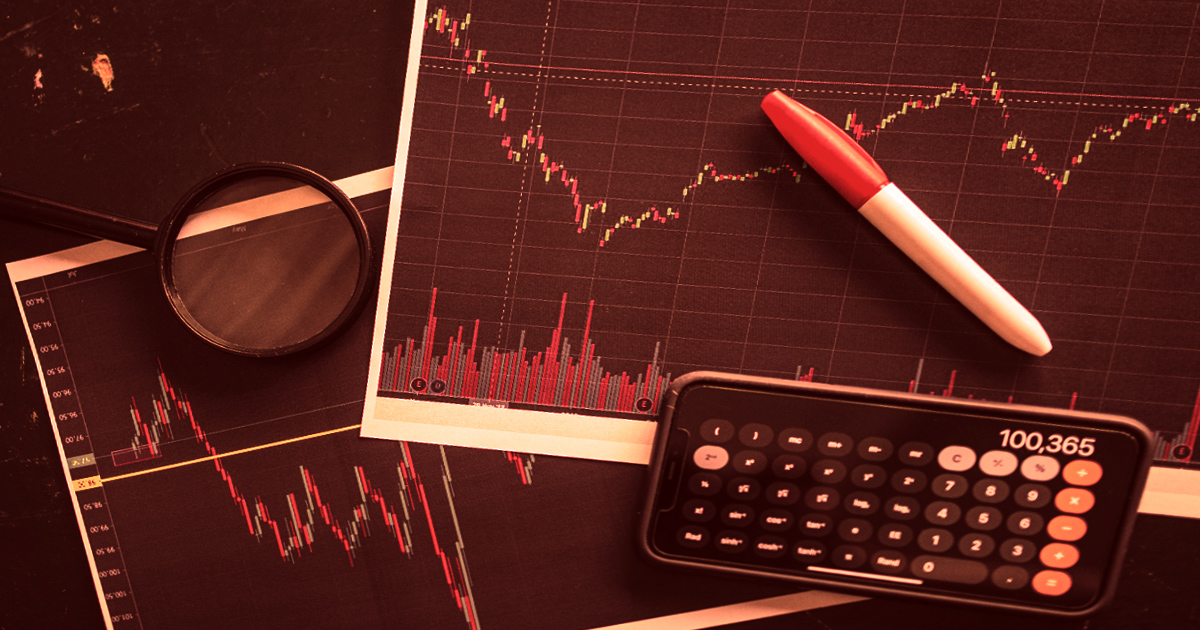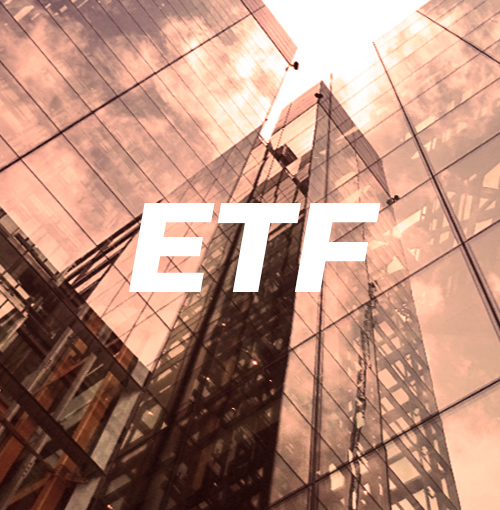
From Selection to Purchase: Your Essential Guide to Buying ETFs
Exchange-Traded Funds (ETFs) have radically transformed the world of investing by offering diversification, flexibility, and often lower costs in a single trade. As their popularity surges, the importance of astute selection and purchase cannot be overstated. In this comprehensive guide, Investora delves into the world of ETFs, demystifying the processes and highlighting strategies for both newcomers and seasoned investors.
In today's investment landscape, Exchange-Traded Funds (ETFs) have emerged as versatile tools, combining the diversification of mutual funds with the flexibility of stocks. Their booming popularity means investors need comprehensive insights into selection and trading techniques. Here, Investora offers a detailed guide to mastering the realm of ETFs.
Choosing the Right Platform for ETF Investments
Today's digital age presents a plethora of platforms to buy and trade ETFs. From smartphone apps like Robinhood to traditional online brokerages, the convenience of trading is just a click away. But with convenience comes the responsibility to select a platform that aligns with your needs.
In the wake of digitization, choosing an ETF trading platform has become as crucial as selecting the ETF itself. With a multitude of platforms vying for attention, discerning investors should consider factors beyond mere convenience.
Traditional Vs. Online Brokers: A Balancing Act
Traditional brokers often come with the advantage of personalized guidance, tailored recommendations, and an array of educational resources. Conversely, online brokerages offer speed, autonomy, and often lower or no commission charges.
Online Brokerages:
- Pros: Rapid transactions, often lower fees, user-friendly interfaces.
- Cons: Less personalized, potentially overwhelming for newcomers without guidance.
Traditional Brokers:
- Pros: Personalized guidance, in-depth research tools, established reputation.
- Cons: Slower processes, potentially higher fees, may lack cutting-edge tech features.
Remember: While many platforms tout "commission-free" trading, it's pivotal to understand that while you may not pay upfront fees, other hidden costs can emerge. Always dig deeper into the platform's fee structure.
It's not a one-size-fits-all scenario. Newcomers might appreciate the human touch of traditional brokers, while tech-savvy traders may lean towards sleek online platforms. Ultimately, clarity about one's own investment goals and comfort levels is paramount.
The Science & Art of ETF Research
Unlike individual stocks, an ETF represents a basket of assets, from stocks to bonds to commodities. Thus, a granular understanding of its constituents is crucial.
Dipping your toes into the ETF waters without due research is akin to navigating uncharted territory without a map. Since ETFs cover a broad spectrum of sectors and industries, having a clear strategy backed by robust research is paramount.
Key Research Questions for Potential Investors:
- What is your investment horizon? Short-term or long-term?
- Are you more inclined towards capital growth or consistent income?
- Any specific industries or financial instruments you have a keen interest in?
Tip: Always remember that an ETF's past performance doesn't guarantee future success. The investment landscape is dynamic, and variables change.
A Systematic Approach to Research:
- Macro Analysis: Consider global economic factors that might impact the ETF.
- Sectoral Insights: Delve into the specific industries and segments the ETF targets.
- ETF Management: Is the ETF actively managed or passively tracking an index? This distinction can influence its performance and cost.
Make use of ETF screeners, which filter options based on your chosen criteria like volume, sector, or expense ratio.
Interesting Fact: There are over 7,000 ETFs globally, managing assets close to $5 trillion.
Crafting a Tailored ETF Strategy
ETF investments aren't mere transactions; they're strategic decisions. Different investors, with varying risk appetites and goals, should approach ETFs differently.
Dollar-cost averaging (DCA) is an investment strategy where you invest a fixed amount regularly, irrespective of the ETF's price. Over time, DCA can potentially lower the average cost per share of the investment, making it an excellent strategy for novices.
Popular ETF Investment Strategies:
- Dollar-Cost Averaging: By investing a fixed sum periodically, investors mitigate the risks of market volatility.
- Sector Rotation: Shifting investments between sectors based on economic cycles can yield significant returns for those who can anticipate market moves.
- Momentum Investing: Targeting ETFs that have shown consistent growth, riding the wave of their success.
Important: A strategy should evolve as market conditions and personal financial situations change.
Key Considerations Before Purchasing ETFs
Before hitting the 'buy' button, a checklist can ensure you're making an informed choice:
- Volume & Liquidity: High trading volumes often signal ease of trading and potential stability.
- Expense Ratio: Understand the costs involved. An ETF with a slightly higher expense might offer features or returns that justify the cost.
- Historical Performance: While past performance isn't a future guarantee, it offers insights into stability and growth trends.
- Constituent Analysis: What's in the ETF? The assets it holds can determine its risk and return profile.
- Commissions and Fees: Always be wary of hidden charges. A commission-free ETF can sometimes come with other fees that could erode your returns.
Important: The lowest expense ratio isn't always the best; sometimes the benefits of a particular ETF justify its costs.
Tip: Consider setting price alerts for your chosen ETFs to stay updated on significant price movements.
A Glimpse into the Future of ETFs
The world of ETFs is evolving. Innovations like thematic ETFs, which target specific trends like AI or green energy, are on the rise. Staying updated, continuously learning, and adapting strategies can ensure long-term investment success.
Remember: Stay updated on global trends; they can dictate the next big theme in ETFs. Diversification remains key, even within thematic ETFs.
The ETF landscape is rapidly evolving, with newer thematic ETFs emerging. Thematic ETFs saw a 100% increase in assets under management in 2020.
Where to buy Exchange-Traded Funds (ETFs)?
- Fidelity: Known for its diverse range of ETF offerings, both domestic and international.
- Vanguard: Often heralded for their low-cost ETFs, Vanguard is a favorite among passive investors.
- E*TRADE: A perfect blend of robust tools for both novices and seasoned traders alike.
- TD Ameritrade: With its intuitive platform and rich educational content, it’s a top choice for those new to ETFs.
- Robinhood: While primarily known for stocks, its commission-free model extends to a select range of ETFs.
- Wealthfront: A robo-advisor that makes extensive use of ETFs in its diversified portfolios.
- Betterment: Another robo-advisor championing ETF investments, known for its goal-driven strategies.
Tip: Before settling on a broker, consider trialing their platform to gauge its user-friendliness and available resources.
The realm of ETFs, with its myriad of choices and strategies, offers exciting opportunities for both the novice and the seasoned investor. With the insights from Investora, you're better equipped to navigate this dynamic landscape.
The digital investment landscape has made it easier than ever to venture into ETFs. However, with the ease of access comes the responsibility of informed decision-making. This guide aims to equip you with the knowledge and strategies to navigate the ETF world confidently.
- Share this article





